Ultimate Diamond Buying Guide
When you’re shopping for a diamond, one of the first pieces of advice you’ll usually get is to look for “The Four Cs”. But there are actually many more things you should take into consideration to get the best value for money possible. To make sure you get things right the first time, here’s everything you need to take into account when buying a diamond.

Cut
People regularly confuse a diamond’s cut with its shape, but they’re two completely different things. Diamond shape refers to the actual shape of the diamond, such as pear, marquise, or princess.
Diamond cut refers to how well the diamond has been cut from the original rough stone. A diamond’s cut is responsible for how well the light shines through the gemstone and how much it sparkles.
Diamond cut grading is as follows:
- Excellent/Ideal cut
- Very good cut
- Good cut
- Fair cut
- Poor cut
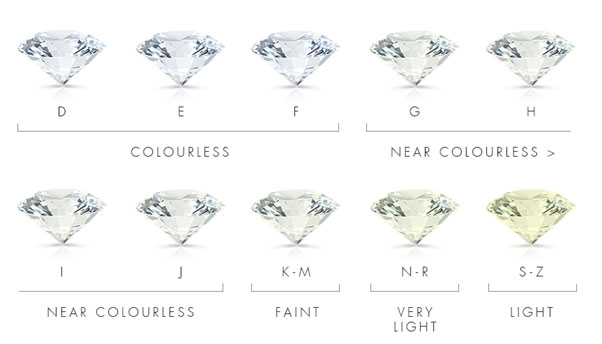
Colour
Diamond colour doesn’t actually refer to colourful diamonds, such as pink, blue, and green. Instead, diamond colour determines how colourless or transparent the gemstone is. Because of the natural presence of nitrogen, many diamonds have a slight yellow hue. A diamond with a slight yellow hue is less valuable than a truly colourless diamond.
A diamond’s colour is graded on a scale of D to Z. D is the most transparent and most valuable diamond, while Z is the least transparent and lowest value diamond. To the human eye, there’s hardly any difference between D-H diamonds.

Clarity
The clarity of a diamond is determined by the number and intensity of inclusions (also known as imperfections) present. While inclusions are totally natural and make each diamond different from every other one out there, the fewer inclusions a diamond has, the more valuable it is.
Diamond clarity uses the following scale:
- Flawless: FL - IF
- Very, very slightly included: VVS1 - VVS2
- Very slightly included: VS1 - VS2
- Slightly included: SI1- SI2
- Included: I1 - I3
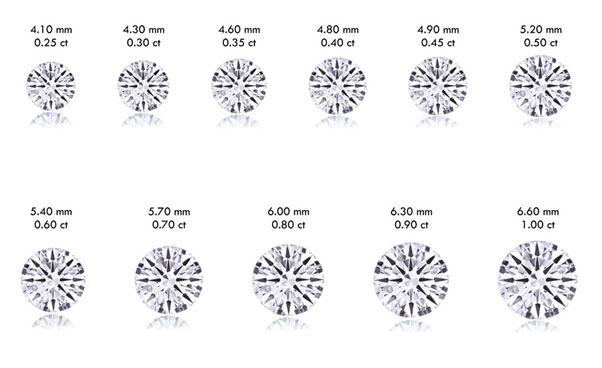
Carat
Many people think diamond carat means size, but it actually refers to a diamond’s weight. Two diamonds with the same carat weights can be completely different sizes, depending on their shape and cut.
One carat weighs 0.2g (200mg). Carats can also be referred to as “points”, in which 1 point is 0.01 carats. This would make a 0.50-carat diamond a “50 pointer”.
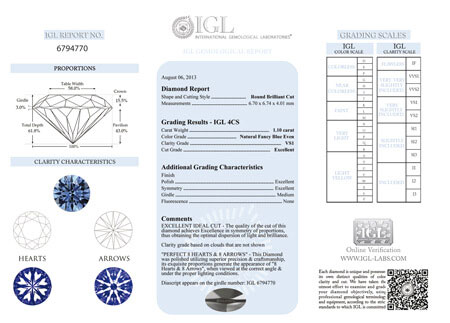
Certificate
When buying a diamond, you need to make sure that it has a certificate from an independent lab. This certificate is proof that the diamond you’re buying has been graded by a professional, unbiased team.
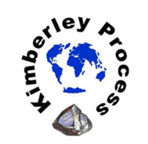
Conscience
It’s also worth finding out where the diamond you’re buying came from so you know it’s not connected to conflict diamonds. The Kimberley Process Certification Scheme cuts down on this type of diamond by making it obvious which ones have been purchased legitimately by jewellers.
Cost
One thing you can’t ignore when it’s time to buy a diamond is the cost. There are plenty of things you can do to keep the costs down while still buying a stunning ring. There are also plenty of areas you can cut back on without ruining the ring’s overall look.
Enjoy smart shopping!
Cut, colour, clarity, carat, certificate, conscience, and cost are the seven Cs you need to think about when you’re buying a diamond. Now that you’ve got all this information, you should feel confident enough to move forward and find the diamond of your partner’s dreams. Don’t forget, if you need a little extra help, we’re here for you.
You May Also Like
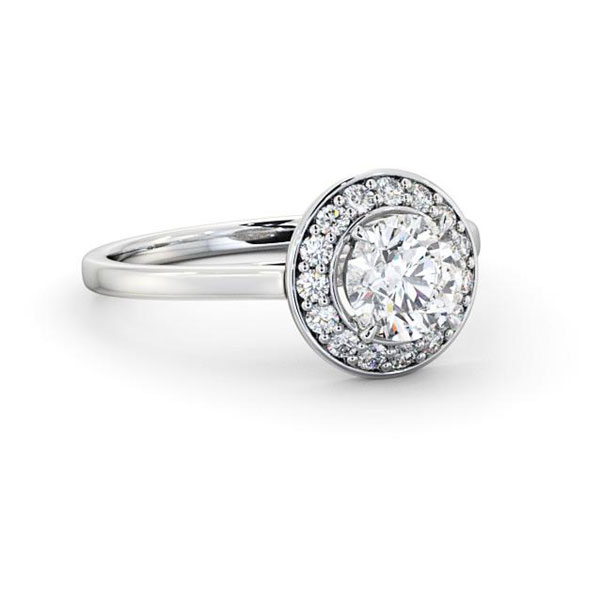
How to Make Your Diamond Look Bigger
When it comes to diamond jewellery, size really does matter. A diamond is the focal point of any engagement ring, s ...
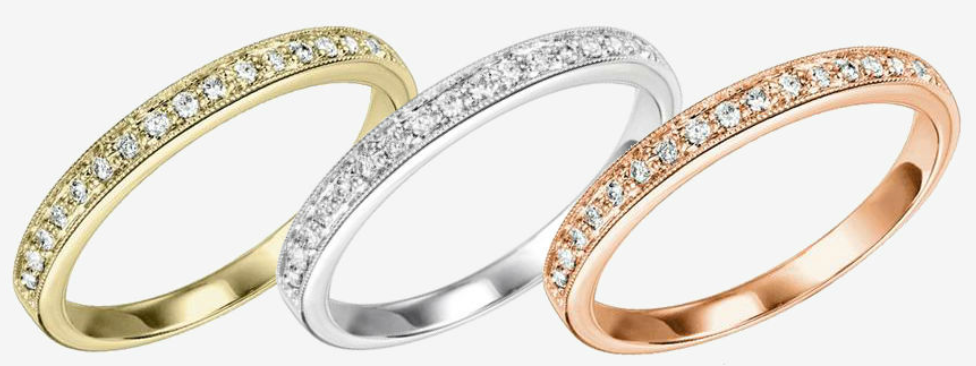
Choosing the Right Metal for Your Ring
There are many things you need to think about when you’re buying an engagement or wedding ring. One of the tr ...
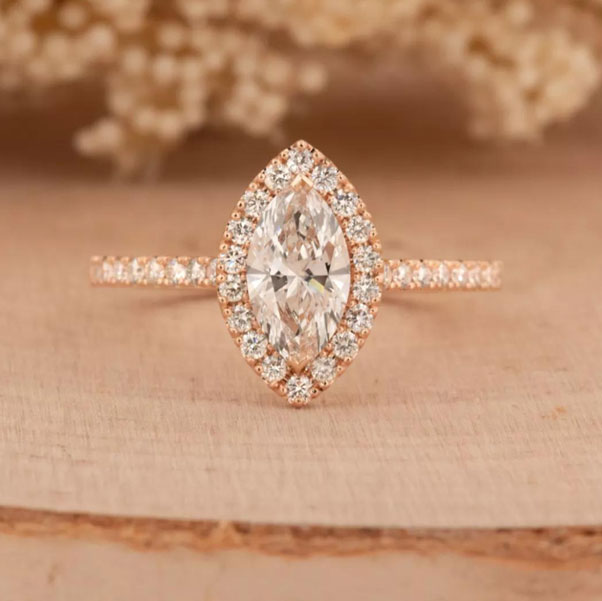
How to Discreetly Measure Your Partner's Ring Size
You've decided you want to propose and you've chosen the perfect engagement ring. Congratulations! But befo ...






